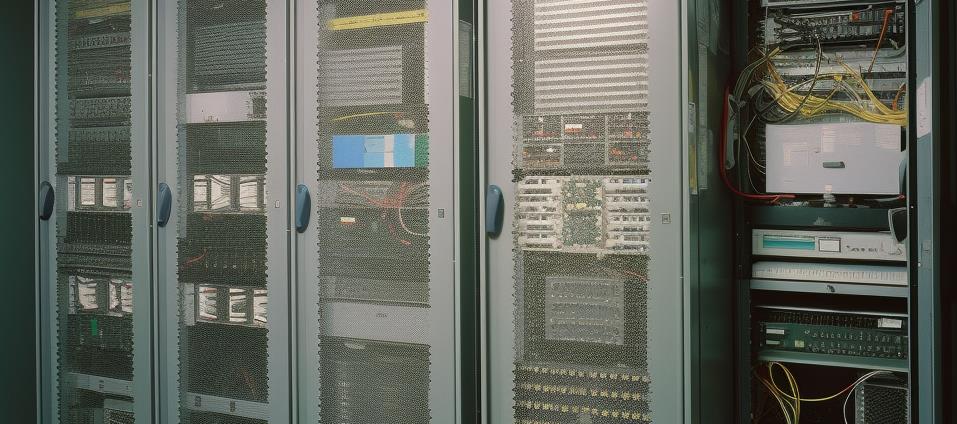Introduction:
In this case study, we describe the process of virtualizing a legacy Windows Server 2000 application that gathers data from semiconductor testing equipment and produces reports for analysis. The application was running on an unsupported HP 2U Server ProLiant, and the management wanted to address the security risks and high maintenance costs associated with the outdated hardware and operating system. Our goal was to virtualize the server and application while preserving their functionality, and this case study documents our experiences and lessons learned to guide younger data center engineers.

Assessing the Legacy Application and Environment:
Our first step was to assess the legacy application's requirements, dependencies, and potential issues that could arise during the virtualization process. We documented the application's hardware and software requirements, including network settings, storage configurations, and any third-party components. This assessment helped us understand the potential challenges and prepare for the virtualization process.
Choosing a Virtualization Platform:
After evaluating several virtualization platforms, we decided to use VMware vSphere due to its extensive support for legacy operating systems, including Windows Server 2000. This choice ensured compatibility with the legacy application and provided us with a robust set of tools for managing and monitoring the virtual environment.
Preparing the Virtualization Host:
We prepared a physical server with the necessary resources to host the Windows Server 2000 VM, ensuring that it had enough CPU, memory, and storage capacity to meet the VM's requirements. We also installed a compatible version of VMware vSphere on the host server.
Creating a Windows Server 2000 VM Template:
Using a Windows Server 2000 installation disc, we created a new VM template in VMware vSphere and configured it with the appropriate hardware settings. We installed Windows Server 2000 on the VM template and applied all necessary updates and service packs to ensure a stable environment for the legacy application.
Converting the Legacy Server to a VM:
We used VMware vCenter Converter, a P2V conversion tool, to convert the legacy server into a VM. This process involved taking a snapshot of the legacy server's hard drive, creating an exact copy of the physical server in a VM, and transferring the snapshot to the new VM. We made sure to install all necessary drivers and software components on the VM to maintain compatibility with the legacy application.
Testing the Virtualized Application:
After completing the P2V conversion, we started the Windows Server 2000 VM and tested the legacy application's functionality. We verified that the application could successfully gather data from the semiconductor testing equipment, produce reports, and communicate with other required systems. This testing phase helped us ensure a smooth transition to the virtualized environment.
Implementing a Backup and Disaster Recovery Plan:
Given the critical nature of the legacy application, we implemented a backup and disaster recovery plan to protect the data and ensure quick restoration in case of a failure. We regularly backed up the VM and stored the backups offsite and in a secure cloud storage solution.
Monitoring and Maintaining the Virtualized Environment:
We used VMware vSphere's monitoring tools and third-party solutions to track the VM's performance, detect potential issues, and trigger alerts. We also periodically reviewed the virtualization host's hardware and software components to ensure ongoing compatibility with the Windows Server 2000 VM.
Conclusion:
Virtualizing the legacy Windows Server 2000 application allowed us to address security risks and high maintenance costs while preserving the application's functionality. Our experiences highlighted the importance of thorough assessment, careful platform selection, and diligent monitoring and maintenance. We hope that this case study provides valuable insights and guidance for younger data center engineers facing similar challenges with legacy applications.